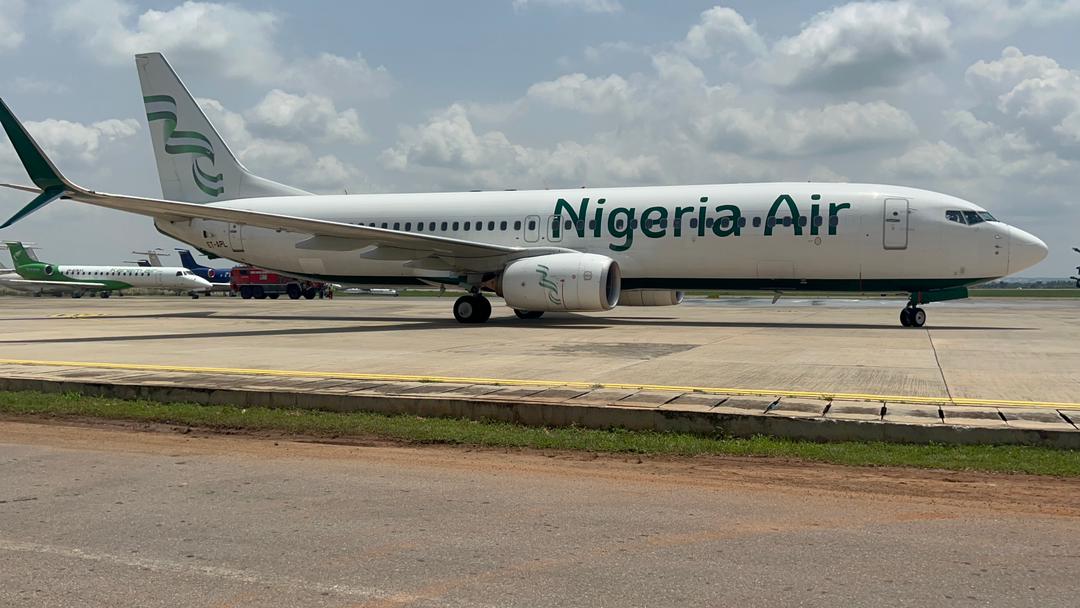Unveiling the Boeing 737-800: A Legacy Preceding the 737 MAX’s Dominance
The Boeing 737 has been a dominant force in aviation for decades, with the 737-800 model playing a significant role in its success. Introduced in 1994, the 737-800 is a single-aisle, narrow-body aircraft designed to meet the demands of short- to medium-haul flights.
Legacy of Success
The 737-800 has proven its reliability and efficiency over its long service life, making it a popular choice among airlines worldwide. Its advanced design features, including winglets and improved engines, have contributed to its excellent fuel efficiency and performance. The spacious cabin provides comfortable seating for passengers, while the efficient cargo capacity allows for optimal revenue generation.
The 737-800 has seen significant demand in various regions, particularly in Asia-Pacific, Europe, and North America. Its adaptability to different market needs has contributed to its widespread success. Airlines have utilized the aircraft for short-haul domestic routes, connecting flights, and low-cost carrier operations.
Precursor to the 737 MAX
The 737-800 served as a stepping stone in the development of the Boeing 737 MAX series. The MAX builds upon the 737-800’s foundation, incorporating advanced technologies and design enhancements. The MAX family’s introduction aimed to address the growing demand for fuel efficiency and increased capacity, promising significant operational benefits for airlines.
However, the 737 MAX faced scrutiny and controversy following two fatal crashes in 2018 and 2019. Investigations revealed issues with the aircraft’s flight control system, leading to the grounding of all MAX variants worldwide. The grounding and subsequent scrutiny cast a long shadow over the reputation of the 737 program.
Comparison with Competitors
Throughout its service life, the 737-800 has faced competition from Airbus’s popular A320 family. Both aircraft offer similar performance and efficiency, but each has its unique strengths and weaknesses.
| Feature | Boeing 737-800 | Airbus A320 |
|---|---|---|
| Seating Capacity | 162-189 | 150-180 |
| Range | 3,550 nm | 3,300 nm |
| Fuel Efficiency | 10.5 gal/nm | 11.0 gal/nm |
| Wingspan | 117 ft 5 in | 117 ft 9 in |
| Engine Type | CFM56-7B | CFM56-5A |
Conclusion
The Boeing 737-800 has established itself as a reliable, efficient, and versatile aircraft over the years. Its successful record paved the way for the development of the 737 MAX series, which unfortunately faced significant challenges following the 2018 and 2019 crashes.
Despite the setbacks, the 737-800 remains a valuable asset for airlines around the world. Its continued service alongside the enhanced safety measures implemented in the aftermath of the MAX grounding demonstrates the aircraft’s enduring legacy in the aviation industry.
As the future of aviation unfolds, it remains to be seen how the 737-800 will continue to position itself in the face of evolving market dynamics and technological advancements. However, its proven track record and adaptability suggest that it will remain a significant player in the short- to medium-haul segment for years to come.

